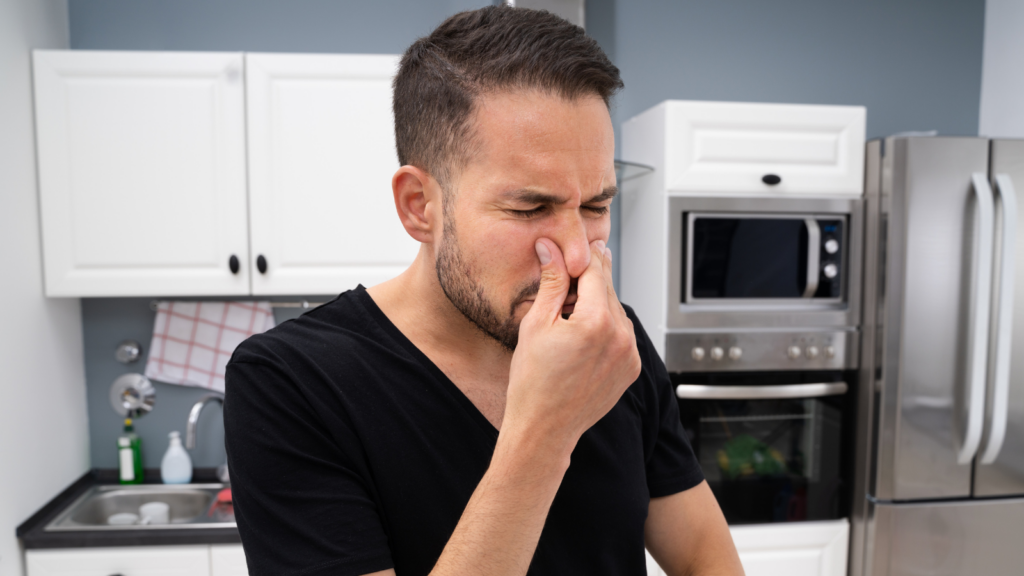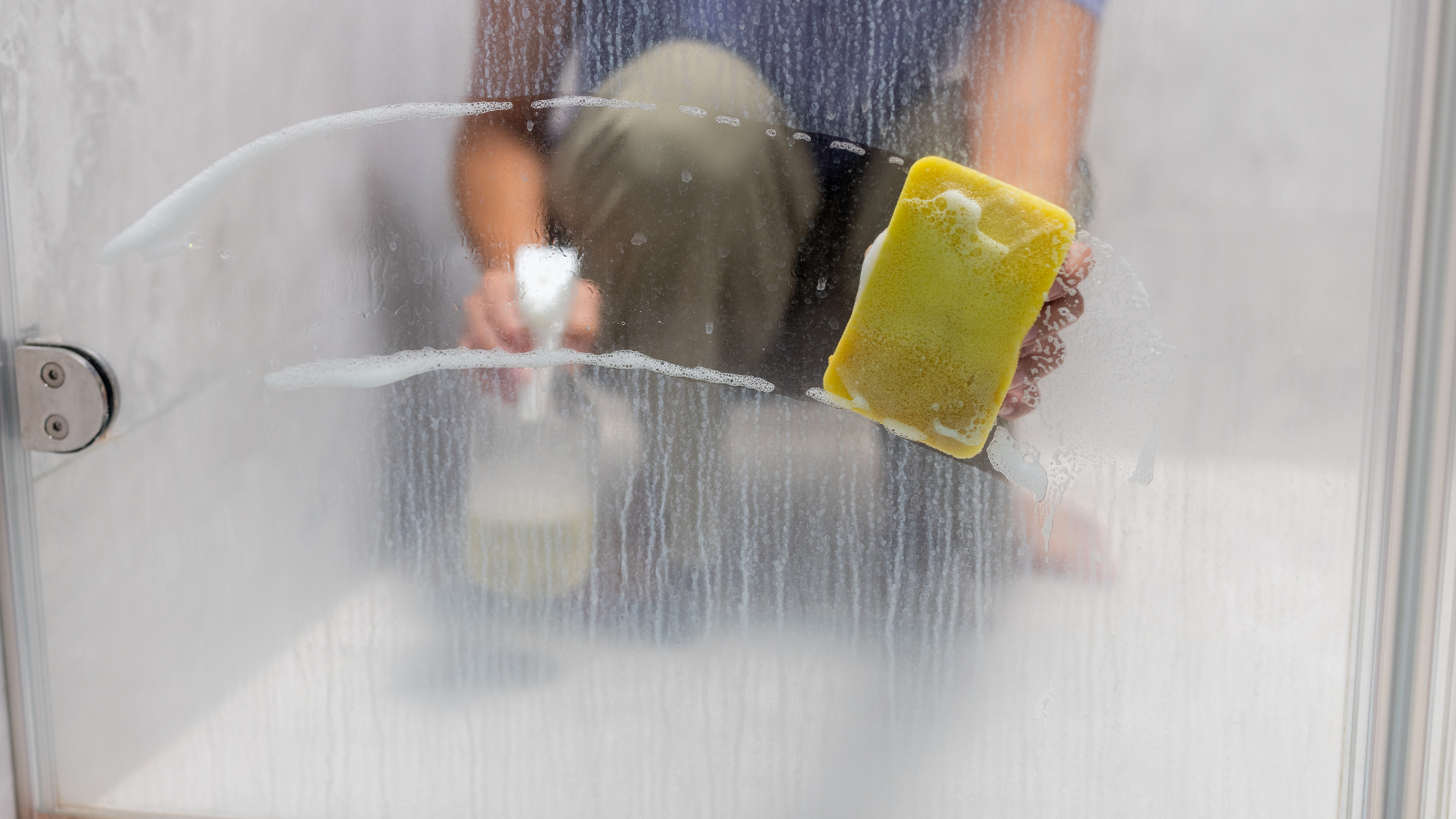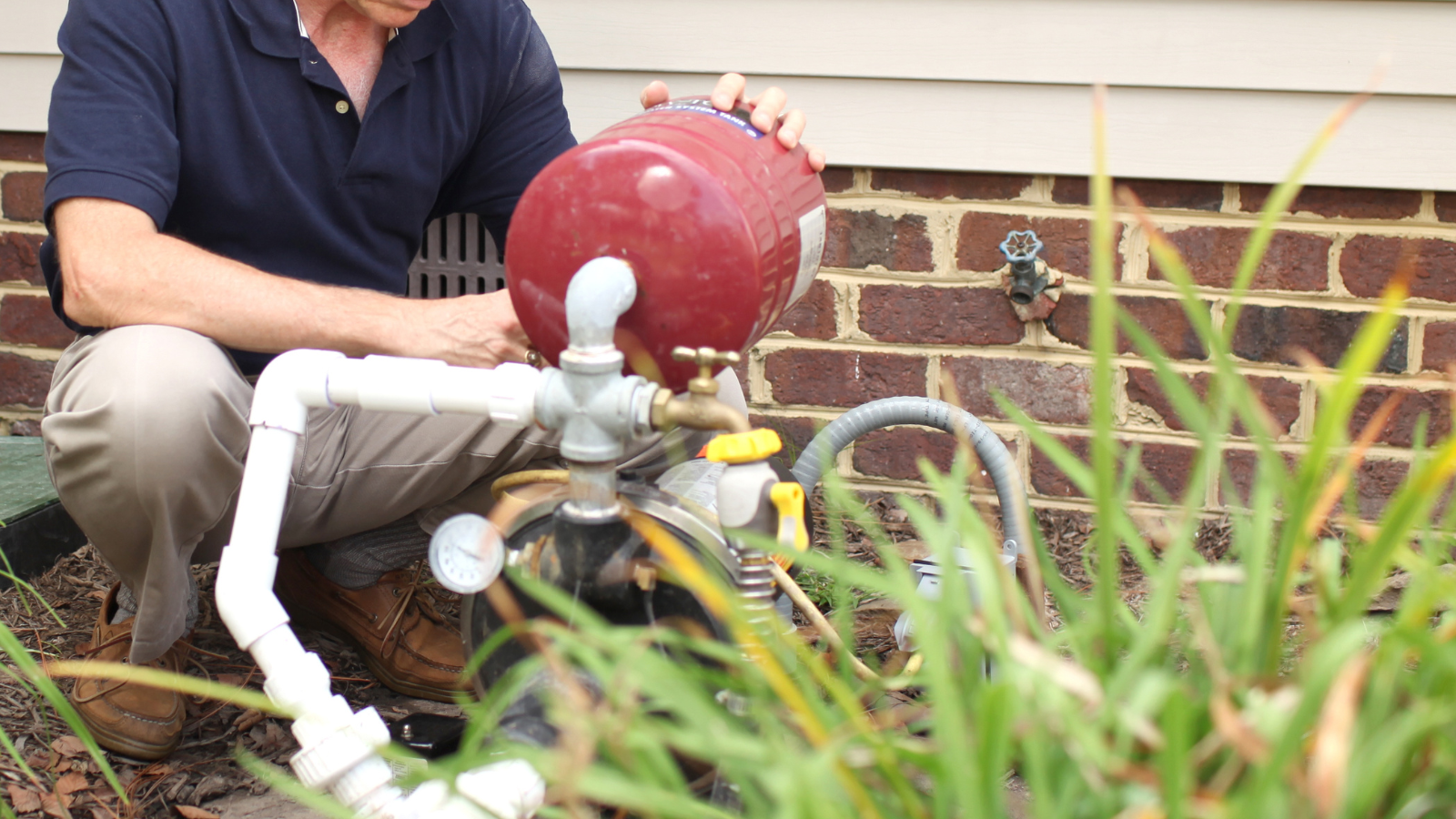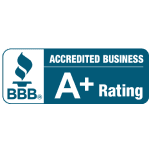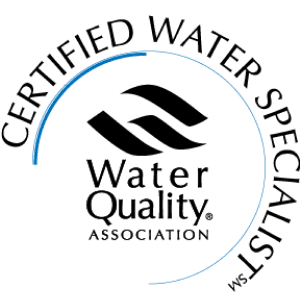How Does Reverse Osmosis Work?
Whether you’re making coffee, cooking a meal, or enjoying a beverage with ice, pure water is important to achieve the best-tasting results. If your home has water quality problems, one of the best, most consistent solutions is a reverse osmosis system.
It goes beyond simple filtering to remove 95% to 99% of common water contaminants, from excess calcium and salt to chlorine, fluoride, and organic materials.
The Reverse Osmosis Process
A reverse osmosis system forces water through a very fine, semi-permeable membrane at high pressures. Any molecules that are larger than a typical water molecule are unable to physically pass through the membrane and are trapped, resulting in water that’s almost completely pure after treatment.
Ionic or electrically charged molecules like sodium and calcium are attracted to the membrane and removed as the water passes through. The reverse osmosis process can remove nearly all contaminants from the water, including:
- Excess salt, iron, calcium, and magnesium
- Chemicals like fluoride, chlorine, pesticides, petroleum, and nitrates
- Heavy metals like lead, arsenic, and barium
- Tastes and odors
- Sand, silt, and organic materials
- Most bacteria, viruses, parasites, and other pathogens
Reverse osmosis systems are often combined with chlorination or UV sterilization systems to kill any remaining bacteria and viruses that are small enough to pass through the membrane.
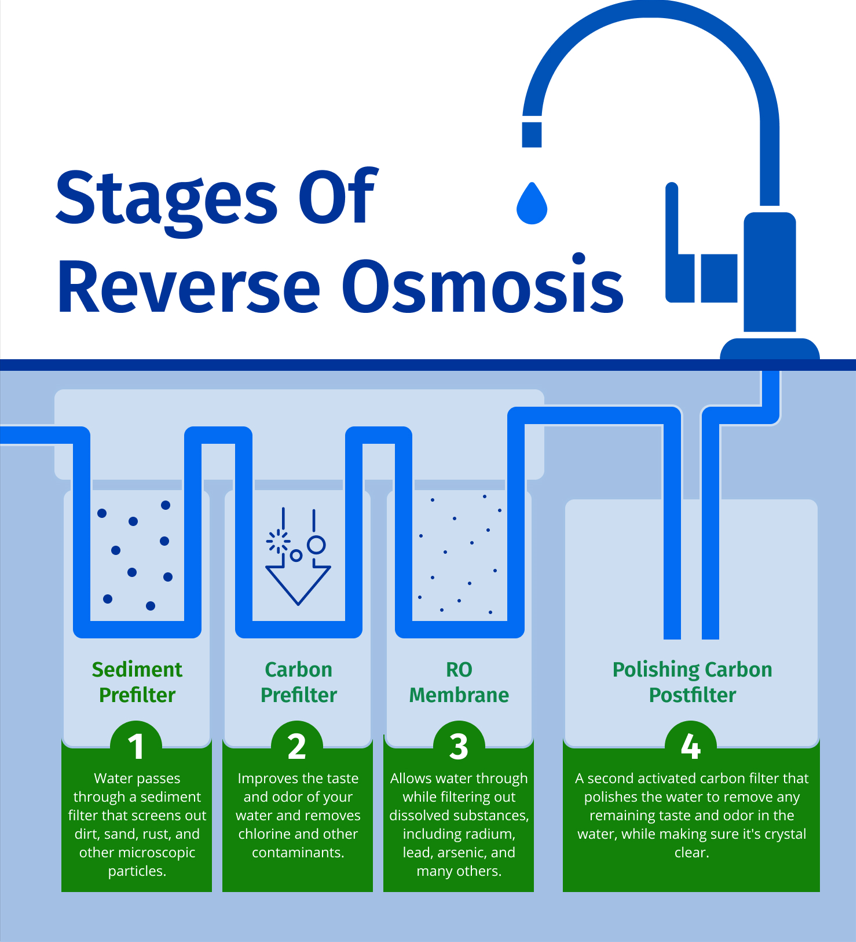
Components of a Reverse Osmosis System
Most reverse osmosis systems include pre-filters to protect the membrane and improve the treatment results. A typical system will feature:
- Sediment filters: Designed to remove large particles like sand and algae, sediment filters protect the reverse osmosis membrane and prevent it from clogging. Some systems have two sediment filters, including one to remove large particles and one to remove finer particles.
- An activated charcoal filter: These filters remove unpleasant tastes and odors from the water, such as sulfur smells or chlorine residues.
- A reverse osmosis membrane: The reverse osmosis membrane removes most remaining contaminants from the water, leaving it over 95% pure.
- Optional UV sterilization: Ultraviolet lights can be used to destroy any remaining bacteria or viruses.
Reverse osmosis produces some of the purest water possible and has been used reliably for many years to produce drinking water, desalinate salt water, treat wastewater, and more.
Reverse Osmosis Systems in Maryland
At Water Doctor, we sell, install, and service reverse osmosis systems, as well as a variety of other water treatment solutions, such as whole-home filtration systems, water softening systems, UV sterilization systems, and more. We also offer complete water testing services to help you determine if your water needs treatment and which systems will be most effective for your needs and budget.
We’ve been serving homeowners and businesses throughout Maryland since 1979, and we have the knowledge and experience to help with all your water quality needs.
To learn if a reverse osmosis system is right for your home or business, contact Water Doctor today.
Proudly Serving The Following
Maryland Counties
Anne Arundel | Howard | Baltimore | Frederick | Montgomery | Carroll | Charles | Calvert | Queen Anne's | Harford
Anne Arundel | Howard | Baltimore | Frederick | Montgomery | Carroll | Charles | Calvert | Queen Anne's | Harford


